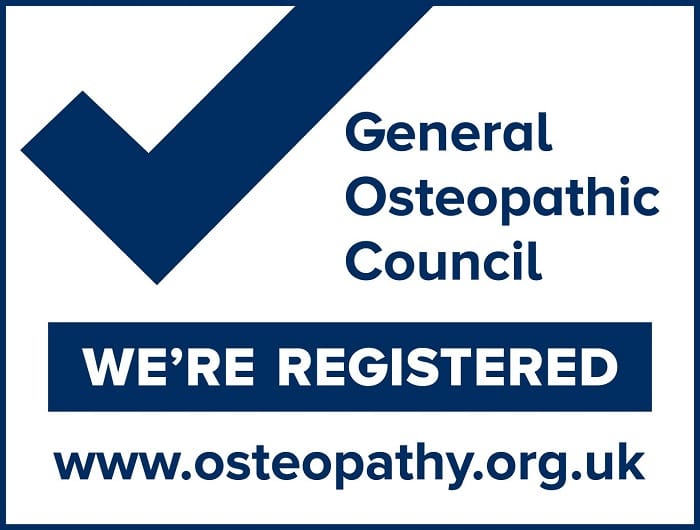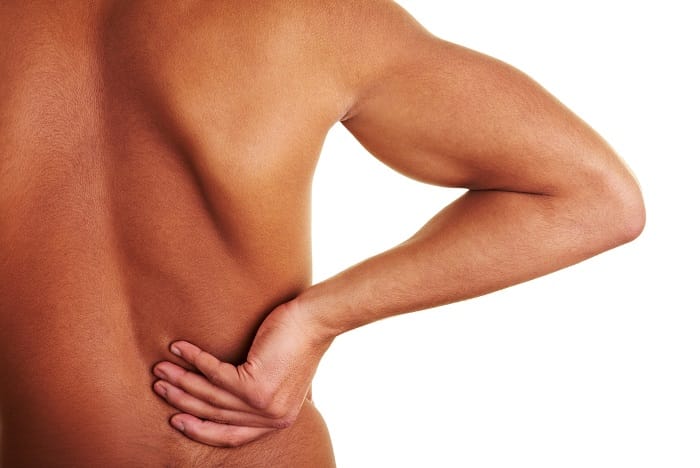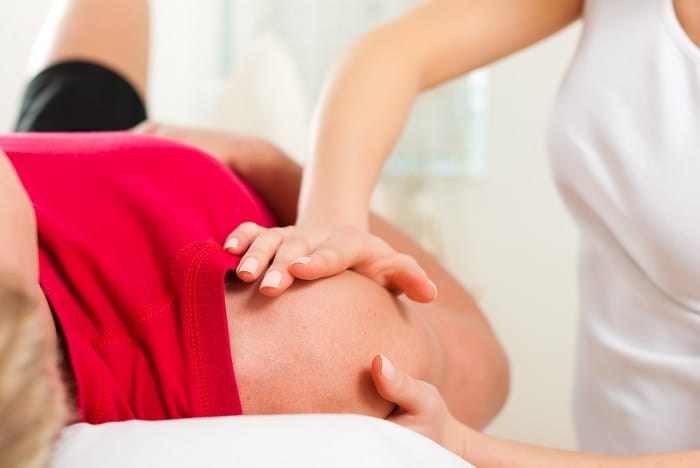Joint Mobilisation
Joint mobilisation involves the physical passive manipulation of a joint, its capsule and connective tissues for the purposes of relieving stiffness, pain and reduced range of motion. The type of mobilisation used is usually classified in terms of direction of movement, amplitude of the movement and speed of movement. Other factors considered by the therapist when applying joint mobilisations are the client’s position, ie. Supine or Prone, and which structures should move during treatment, whilst overs are fixed in position. This is important, as some joints have complex articulation and will glide or rotate differently depending on which part of the joint is held fixed and from which direction pressure is applied. This in turn will change what effect is generated in the joint and surrounding tissues. In simple terms the direction of force applied to the joint is either from the front of the body toward the back (Anteroposterior) or from the back toward the front (Posteroanterior). The joint can be made to glide slightly away from the body (laterally) or toward the body (medially), or even create separation of the joint surfaces (Distraction).
There are five grades of manipulation intensity, which are used to achieve specific reactions in the soft tissues of the joints. This describes the targeted pressure the therapist uses directly on the joint, with the amplitude being the size of movement and the range being how far into the soft tissues the therapist presses. The five grades include;
- Grade I – Small amplitude oscillation, early range of movement
- Grade II – Large amplitude oscillation, midrange.
- Grade III – Large amplitude oscillations, toward end of available range.
- Grade IV – Small amplitude oscillations, end of available range.
- Grade V – Small amplitude sudden thrust, end of available range.
Mobilising a joint has a number of beneficial effects and would be used along with other therapies and exercise to relieve joint pain, stiffness and loss of movement range. The controlled manipulation of the joint increases the sweep of synovial fluid within the joint capsule, thinning the fluid as it warms up and nourishing the surrounding tissues. The repetitive oscillations of the manipulation generates an analgesic effect, attributed to the pain gate theory. A simplified explanation of the pain gate theory is that a-Delta nerves that are sensitive to touch transmit the signals of therapist’s mobilisations faster than the C fibre nerves that transmit the aching sensation in the joint. The faster a-Delta signals partially block the slower C fibre nerve signals as they travel up to the brain, providing the client with some pain relief. Other benefits include the stretching of stiff connective tissue around the joint, which helps alleviate pain during movement and allows for greater active range in the joint.
If you would like more information on how osteopathy or physiotherapy can help treat you, or want to book an appointment, please email nick@nickcastle.co.uk. or phone us on 0207 386 9777.
Have any questions, make an enquiry Enquire Now
I didn't actually choose to see Nick - I was sent to him by my exasperated personal trainer, and now I can't thank her enough! Five weeks before the London Marathon I developed a pain in one of my glutes and did what any self-respecting idiot would do - ran on it until it was so bad it hurt just to walk, and the months of training seemed like they'd been for nothing.
Nick is wonderful. He's very professional and thorough and he has a naturally calming manner that will put you at ease. He also clearly knows his stuff - in our first session he quickly identified my problem (piriformis) explained it in terms I could understand (!) and gave me exercises to speed up recovery.
I had three more sessions and they were well worth it. As well as treating the injury he also assessed my running style for any underlying issues and correctly identified previous injury sites. With his help I was able to quickly get back into training and, by some miracle, a week before the marathon I was pain free.
I joked that, as well as fixing my injury, I expected Nick to make me run faster. Well, maybe... Just maybe... The man's a magician! I'm delighted to say I ran a pb, clocked my first sub-3 hour marathon and came 46th out of all the ladies. Thank you Nick! I cannot recommend him enough.
- Ros P
A big thank you to Elaine (osteopath) at Nick Castle Osteopathy & Sports Medicine Clinics - after just 2 sessions she managed to work out some major aches and pains I'd been having daily, for over 6 months. I plan on seeing her on a regular basis to prevent any future problems. Thanks again!
- Priti S
I have had 2 sports massages with Nick, one in Kensington and one in Amersham. Nick is a very approachable therapist, who spends time building a picture of the type of sports you do and the injuries you have. I have found Nick's techniques to really help improve my performance.
- Jane B








